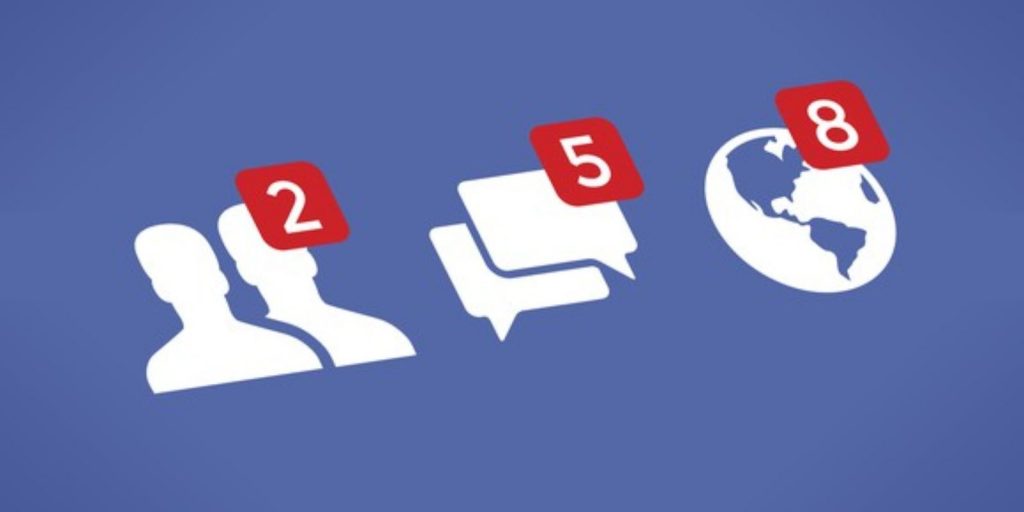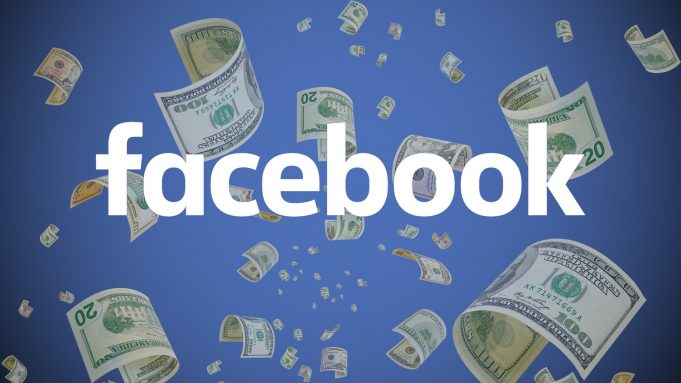This post is about how Facebook makes money. Firstly, we explain the Facebook offerings for online users, marketers, and developers. Then, we share Facebook product segment revenues for the years 2010 to 2014. Then, we share the information on Facebook key cost elements, profits, and profit margins.
Facebook is the world’s leading online social networking platform that helps its users stay connected with each other through a suite of web and mobile apps. Facebook offers its users web and mobile apps to help them connect, share, discover, and communicate with each other. Facebook provides access to these apps free of charge to its users.
Facebook generates revenue by selling advertisement placements over its web and mobile apps to the marketers who want to target Facebook users. Facebook generates majority of its revenues from advertising, also you can find free advertisement designs here. Facebook generates a small portion of revenue from its platform developers by receiving a fee from them when the users make purchases from them using its payment infrastructure.
Facebook Offerings For Online Users

Facebook’s offerings for the online users include:
- Facebook web and mobile app. These apps enable people to share their opinions, ideas, photos, videos, and other activities with friends and followers.
- Instagram. It is a mobile application that enables people to take photos or videos, customize them with filter effects, and share them friends and followers. Facebook acquired Instagram in April 2012.
- Facebook Messenger. It is a mobile-to-mobile messaging application available on iOS, Android, and windows phone devices.
- Whatsapp. It is a cross-platform mobile messaging application that Facebook acquired in October 2014.
Facebook Offerings For Marketers
Facebook offers advertising placements over its website and mobile app to the marketers to help them reach people on Facebook based on a variety of factors such as age, gender, location, and interests. In addition to Facebook, marketers can buy ads on Instagram and on other websites and applications such as Audience Network, Atlas, and Liverail.
Facebook Offerings For Developers
Facebook offers a set of development tools and application programming interfaces (APIs) to the developers to help them create web and mobile apps for the Facebook platform. When users purchase virtual and digital goods from the developer apps, Facebook receives a fee from the the developers for the use of its payment infrastructure.
Facebook Revenues 2014
In 2014, Facebook generated $12.5 billion of total revenues. Of these total revenues, Facebook generated
- $11.5 billion revenues, 92.2% of the total, from advertising.
- $974 million revenues, 7.8% of the total, from payment and other fees.
Facebook Profits 2014
Of the $12.5 billion of Facebook total revenues in 2014, $2.2 billion were the cost of revenue. This resulted in $10.3 billion of gross profit and a gross margin of 82.7%. Facebook spent $2.7 billion, $1.7 billion, and $973 million on research and development, marketing and sales, and general and administrative expenses respectively. This resulted in $5 billion of operating profit and an operating margin of 40.1%. After interest and other income/expenses and income taxes, Facebook had a net profit of $3 billion and a net margin of 23.6%. Here are the definitions of Facebook’s key costs and operating expenses:
- Cost of revenue. These include data center operations expenses such as facility and server equipment depreciation, facility and server equipment rent expenses, energy and bandwidth costs, support and maintenance costs, and salaries, benefits, and share-based compensation of employees in the operations teams. These also include credit card and other transaction fees related to processing customer transactions, amortization of intangible assets, and cost of virtual reality platform device inventory sold.
- Research and development. These consist primarily of share-based compensation, salaries, and benefits for employees in the Facebook engineering and technical teams responsible for building new products as well as improving existing products.
- Marketing and sales. These consist primarily of salaries, benefits, and share-based compensation for employees in sales, sales support, marketing, business development, and customer service functions. These also include marketing and promotional expenditures as well as amortization of intangible assets.
- General and administrative. These consist of salaries, benefits, and share-based compensation of executives and employees in legal, finance, human resources, corporate communications and policy, and other administrative functions. In addition, these include outside consulting fees and legal and accounting services fees. These also include expenses related to legal settlements and amortization of intangible assets.









